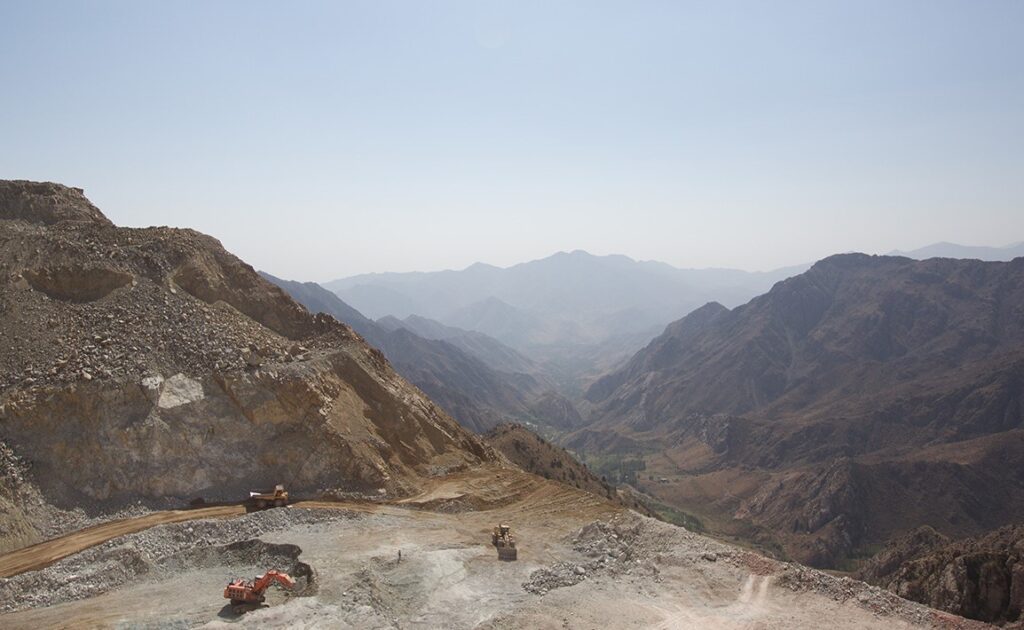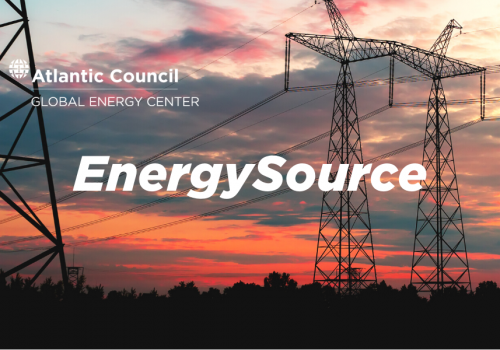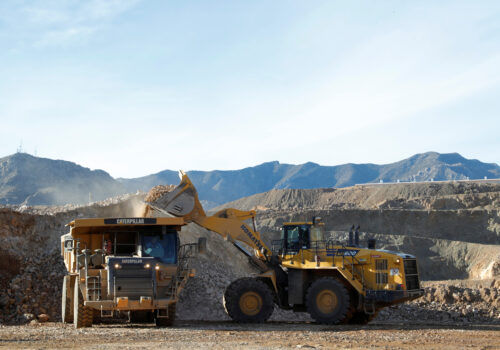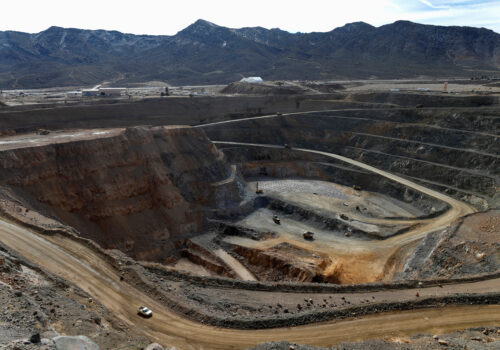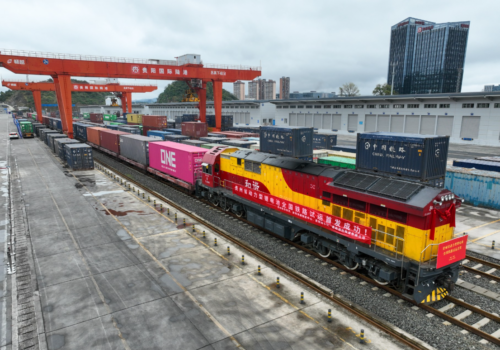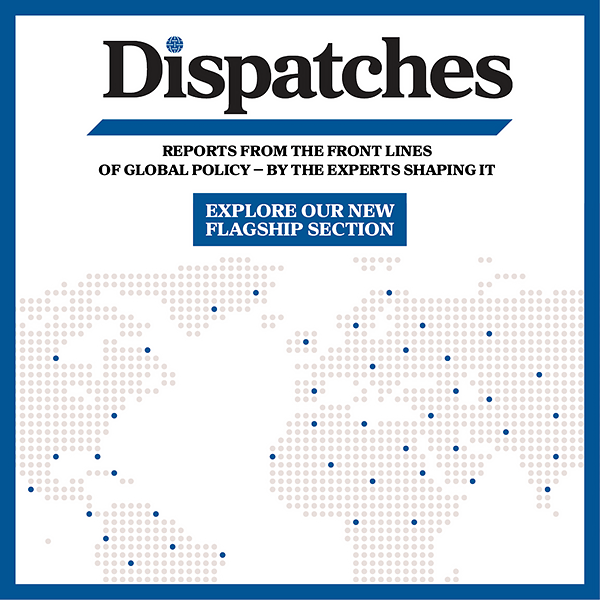Recognizing the national security risks posed by China’s chokehold over critical mineral supply chains, the new Trump administration has issued an executive order that aims to increase domestic production. This and previous administrations have also courted alternative critical mineral suppliers to diversify US supply chains. Now, attention is also shifting to the five countries of Central Asia (Kazakhstan, Kyrgyzstan, Tajikistan, Turkmenistan, and Uzbekistan)—a resource-rich region with a wealth of minerals necessary for energy and defense technologies.
Through the C5+1 Critical Minerals Dialogue, the Group of Seven’s (G7’s) Partnership for Global Infrastructure and Investment (PGII), and bilateral memoranda of understanding signed with the region, the United States has begun to explore Central Asia’s untapped critical mineral wealth. However, the political ambition has not necessarily reflected the logistical difficulties inherent in Central Asia-originated supply chains.
STAY CONNECTED
Sign up for PowerPlay, the Atlantic Council’s bimonthly newsletter keeping you up to date on all facets of the energy transition.
Central Asia’s untapped potential
Much has been written on Central Asia’s position as a “new frontier” in the global contest for critical minerals. The region has a wealth of lithium, copper, aluminum and uranium, although some reserves require further exploration as existing data was collected during the Soviet era.
But just because the region has critical minerals, does not mean the United States can easily access them. Taking a closer look at the region, infrastructure, governance, topography, and geopolitical complexities presents numerous challenges for US companies to navigate.
Regional energy grids are not well equipped to handle expanded mineral production. Mining is highly energy intensive, accounting for 69 percent of Kazakhstan’s industrial energy use. Central Asia’s power system already struggles to balance generation and distribution, suffering high transmission losses and frequent blackouts. To improve the grid and ensure that reliable power is supplied to mines and enrichment facilities, modern power plants and upgraded high-voltage transmission lines are needed, which would cost an estimated $25–49 billion.
Subpar resource governance is also impeding Central Asia’s mineral potential. The region is home to inconsistent tax regimes, lacks government transparency, and has a history of nationalizing or renegotiating contracts with foreign companies. Stronger regulatory protections are needed to ensure investor confidence.
Beyond these challenges, newcomers to this frontier market face deeply entrenched Chinese and Russian influence in regional supply chains. Soviet-era pipelines, highways, and railways initially pulled trade northward after the collapse of the Soviet Union. But, since 2013, China’s Belt and Road Initiative (BRI) has reoriented trade eastward through infrastructure projects like the China-Kyrgyzstan-Uzbekistan railway. Through partnerships with regional transit operators like Kazakhstan Railways (KTZ), and investments in locomotive production and Caspian ports, Beijing has bought out regional transit infrastructure and skewed the investment bidding process. US businesses may face challenges in securing contracts in a region where critical infrastructure is controlled by Chinese and Russian entities.
In the critical mineral sector, China holds the majority of mining permits in Kyrgyzstan and Tajikistan, Russia has monopolized regional uranium enrichment, and several Central Asian mining companies have been sanctioned by the United States for their close relationships with Russia. These geopolitical and regulatory barriers not only limit Western access to critical mineral resources, but also reinforce China and Russia’s control over the region’s strategic industries.
Moreover, the primary bottleneck in the critical minerals supply chain is processing, not mining. While Kazakhstan can refine copper, zinc, and lead, the region lacks processing capacity for energy minerals like lithium, uranium, nickel, and cobalt. Most of these raw metals end up in China or Russia for further enrichment.
Promises and pitfalls of the Middle Corridor
For Central Asia’s critical minerals to reach Western markets at scale, new export routes must be established; energy infrastructure issues must be addressed; mineral survey maps must be modernized; and local enrichment facilities must be developed.
Raw minerals can be shipped to processors in the West, but westward routes are largely underdeveloped. Because the region is surrounded by sanctioned and adversarial states—Afghanistan, China, Iran, and Russia—the Middle Corridor, a multimodal transport route that links Central Asia to Europe via the Caspian Sea and South Caucasus, is the only way to ensure secure, sanction-free export. However, due to regional infrastructure inefficiencies, checkered contractual practices, and rapidly developing environmental issues, Western investors have been slow to develop the route’s capacity.
Infrastructure issues have kept the route’s container capacity low, the shipping times unpredictable, delays frequent, and prices volatile. Caspian ports are restrained by low vessel capacity; there are significant, time-consuming “break-of-gauge” issues across Central Asian railways; and unaligned tariff regimes, cargo regulations, and customs procedures impede the flow of goods across borders.
While climate-driven water loss could see the Caspian’s shoreline lower by 21 meters by 2100, port capacity is expected to shrink further, and ports could be pushed back at least one kilometer from the shoreline, necessitating major redevelopment and causing billions of dollars in economic losses. Rising temperatures and the construction of dams along Russia’s Volga River, the Caspian’s main source of water, have seen the average sea level drop to its lowest point in 400 years, reducing cargo ship capacity by 20 percent. In the northeast Caspian, where waters are shallowest, ships leave ports before they are fully loaded to reduce ship depth. If waters decline further, northeast Caspian ports will likely be unusable. Desalination projects have been implemented by Kazakhstan, Azerbaijan, and Turkmenistan to slow the declining water levels of the Caspian. However, the energy-intensive desalination process has unintended negative impacts on marine life and water quality, and its ability to slow declining water levels has been highly debated. Therefore, the region needs investment in new forms of water-saving technologies, like atmospheric water harvesting, in order to prevent shrinkage that will eliminate the feasibility of the Middle Corridor.
Can this frontier be tamed?
In its current state, the Middle Corridor is incapable of accommodating the United States’ critical mineral needs. Its limited capacity and higher-than-average transit costs would offer little strategic benefit to US businesses while exposing investors to significant financial and geopolitical risks.
For investors to see the benefits of Central Asian critical mineral mining, improved transit routes are necessary; some studies have estimated €18.5 billion is required to ensure commercial viability. Transport costs remain high, delays create logistical uncertainty, and limited domestic processing forces reliance on neighboring markets. Without addressing these bottlenecks, the region’s potential as a critical mineral hub will remain constrained.
Unified tariffs and cargo regulations and the digitalization of regional transit could help to reduce delays along the Middle Corridor, helping to set the groundwork for additional infrastructure investments. Kazakhstan, Azerbaijan, and Georgia have already begun working towards a unified customs system after signing a trilateral union in 2023 to establish a jointly owned logistics company. However, with China Railway Container Transport Corporation (CRTC) joining the joint venture at the end of 2024, the corridor is beginning to look like another BRI project.
China’s formal involvement in the Middle Corridor Multimodal Joint Venture, its agreement with Kazakhstan to construct the Tacheng-Ayagoz railway line, and China’s construction and management of Georgia’s Anaklia deep-sea port underscore the importance of this route for China. Any increase in the route’s capacity will help increase the capacity of China’s westward exports. Investing billions into the westward export of Central Asia’s critical minerals will benefit Chinese transit and open more opportunities for the dumping of Chinese goods into Western markets.
Although the United States strategically benefits from engaging with Central Asia and offering an alternative partner, investing billions of dollars into regional transit routes may lead to negative unintended consequences. Not only does the route require massive infrastructure investments and significant regulatory improvements to benefit Western markets, but from a US national security perspective, investments will undoubtedly encourage westward Chinese transit.
The reality of a US-Central Asia critical mineral partnership
Quickly securing critical mineral partnerships is vital to US efforts to reduce dependence on China. However, the United States should be wary of unrealistic expectations for what Central Asia can provide. Regional infrastructure development is incomparable to any other region in the world. Central Asia is uniquely burdened by its encirclement between US-sanctioned countries. In the short and medium term, low export capacity, high transit costs, geopolitical volatility, and a high-risk investment environment significantly reduce the region’s commercial viability.
The United States should choose its battles wisely. Political will is not enough to move billions of dollars’ worth of minerals across oceans. Infrastructural, logistical, environmental, and legal complexities should guide decision-making. With the time-sensitive nature of US critical mineral needs, efforts should start closer to home with US-allied countries with established mineral export industries, like Canada or Chile. US supply chain efforts need to be driven by capacity, reliability, and economic viability, rather than political pipe dreams.
Haley Nelson is assistant director at the Atlantic Council Global Energy Center.
Natalia Storz is program assistant at the Atlantic Council Global Energy Center.
MEET THE AUTHOR
RELATED CONTENT
OUR WORK
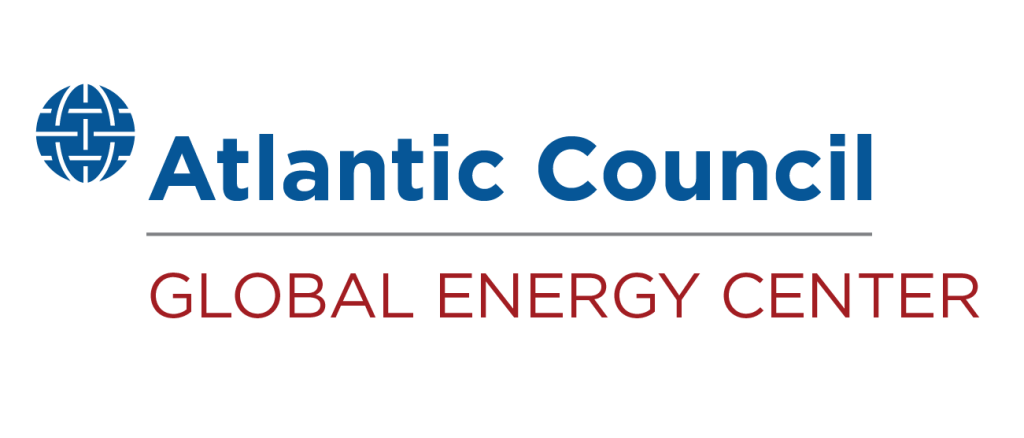
The Global Energy Center develops and promotes pragmatic and nonpartisan policy solutions designed to advance global energy security, enhance economic opportunity, and accelerate pathways to net-zero emissions.
Image: Bozymchak mine, an open-pit copper mine in Kyrgyzstan on October 20, 2017. (KAZ Minerals) https://www.kazminerals.com/news/image-library/
